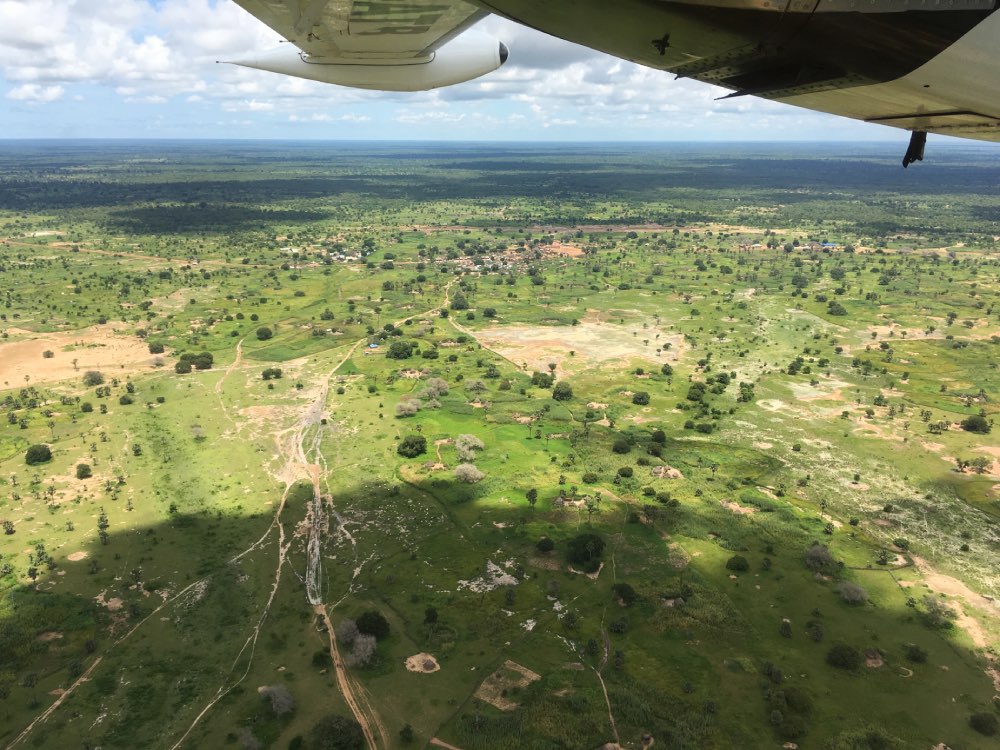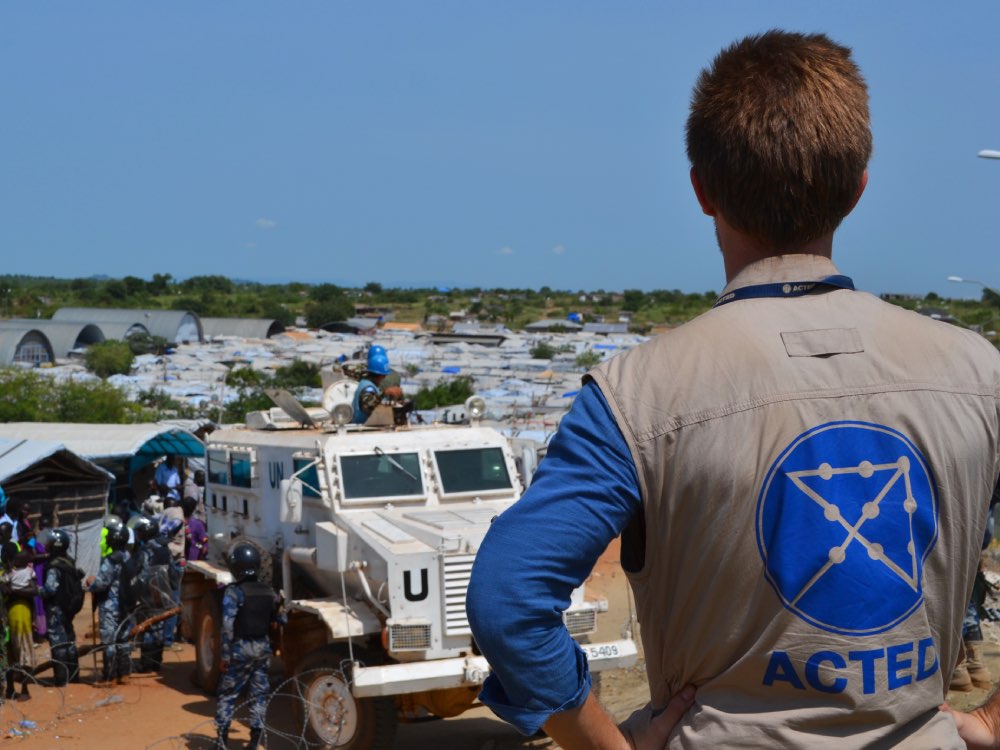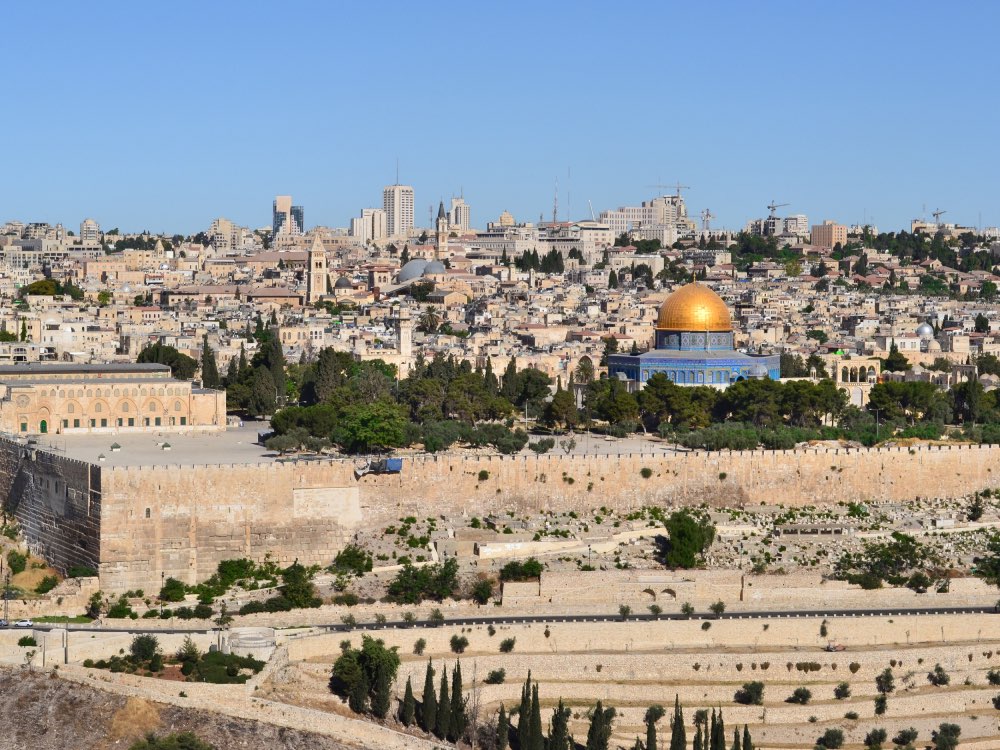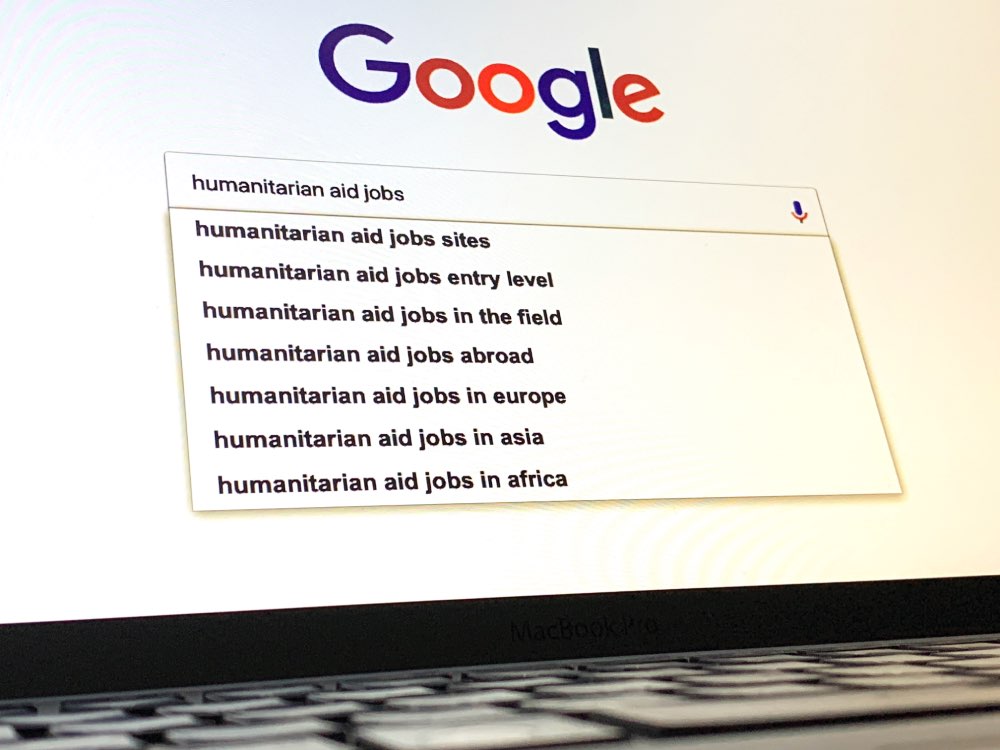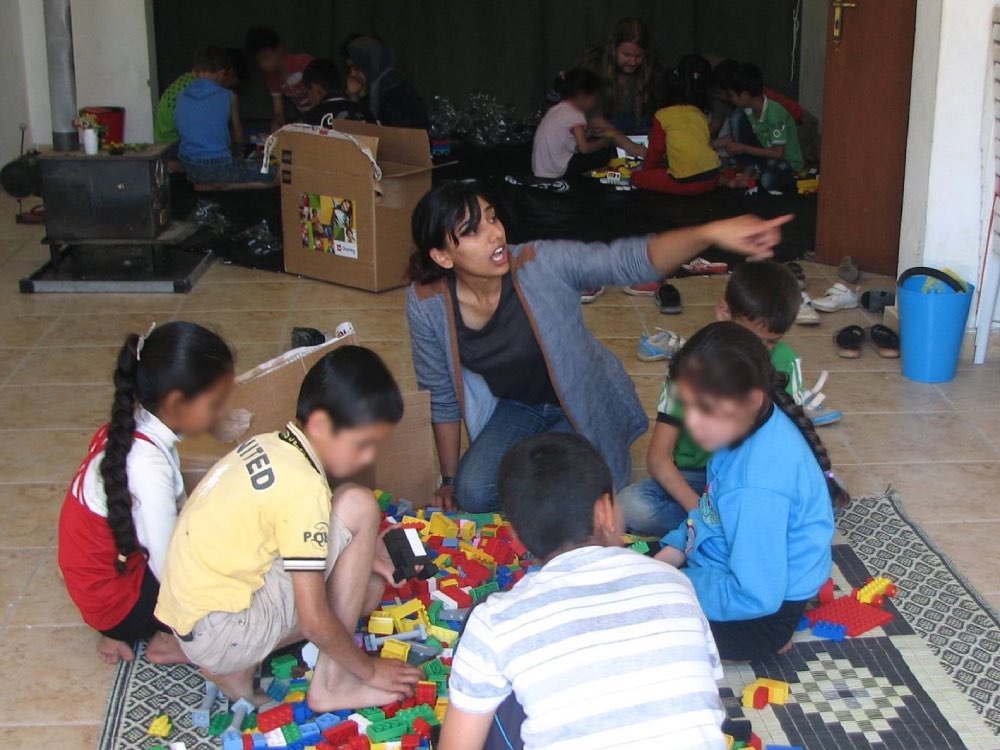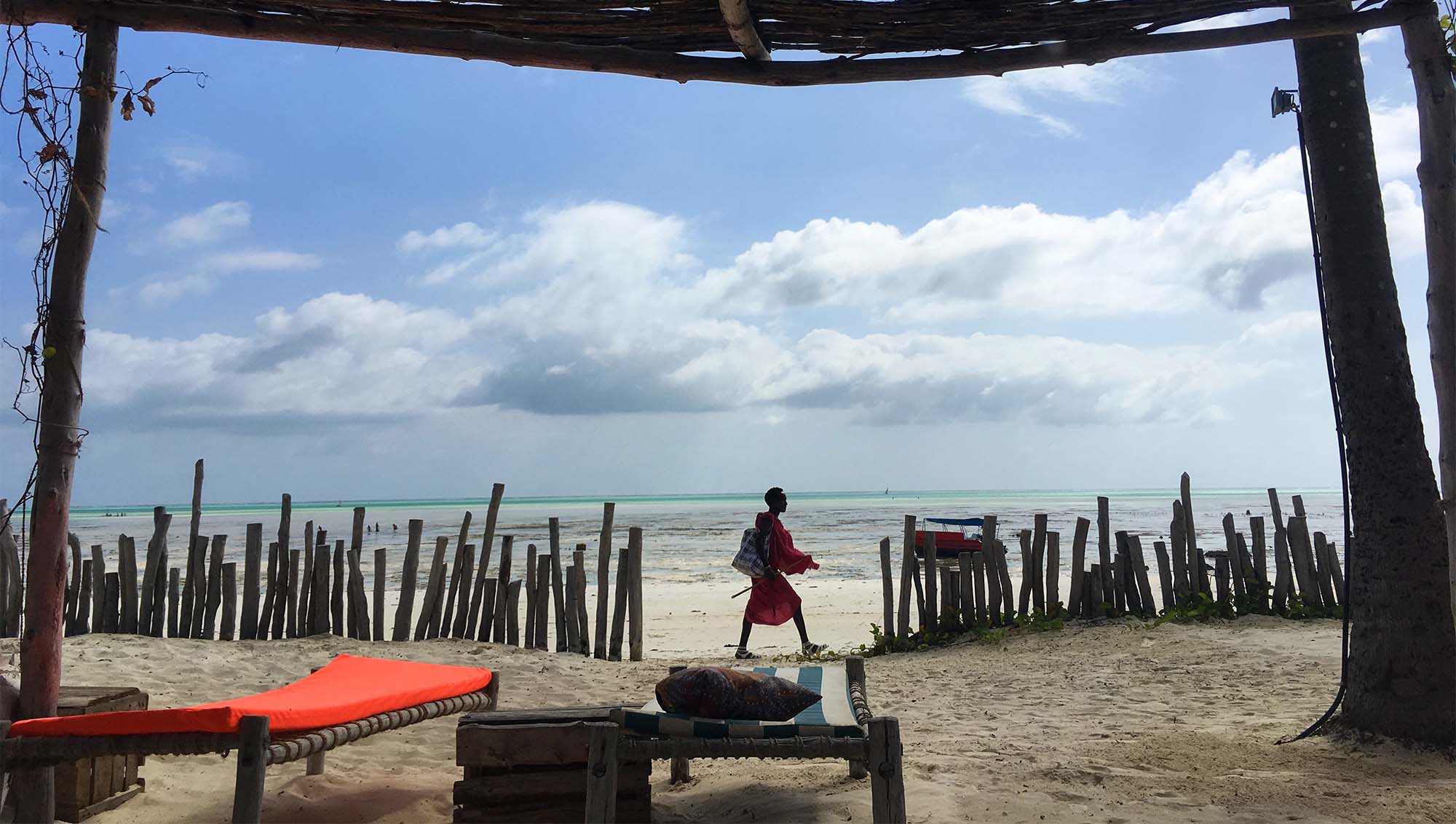
Living life one R&R at a time
Weeklong rest-and-relaxation holidays are a common feature of humanitarian contracts. Is it the best job perk ever or the framework for a lonely lifestyle?
After a few months in the field, anybody would be ready for a break. After twelve weeks of managing a rain-soaked IDP camp, I certainly was. I was irritable at work, in a job that required an abundance of patience. More than one colleague had already told me, pityingly, “You look like you’re ready for your R&R.”
Thankfully, my R&R was, in fact, due.
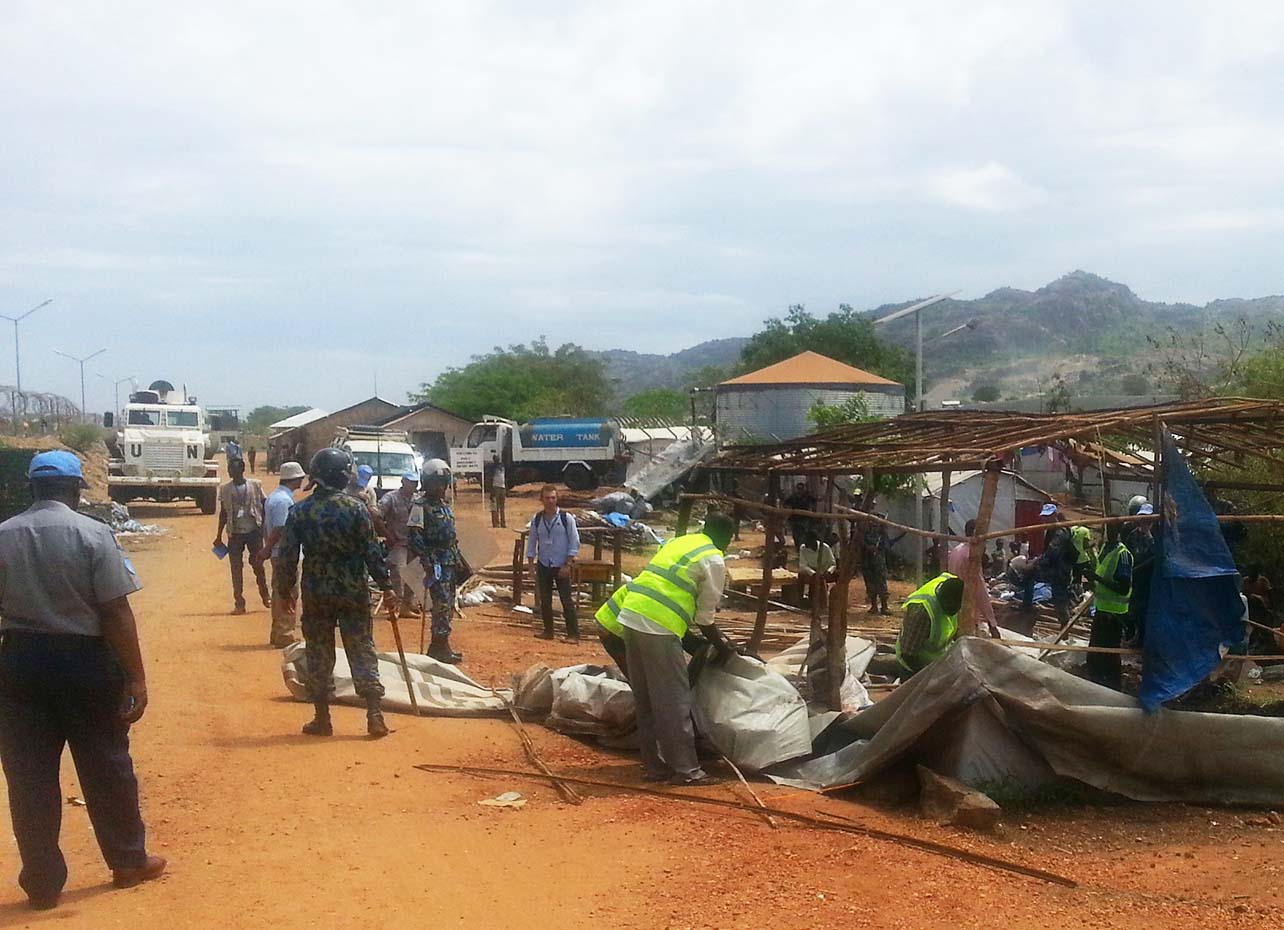
On the horizon was one blissful week of paid holidays. I planned to hike the Ethiopian highlands and forget about war, displacement camps, and 8:00pm curfews.
The night before my flight, I packed my bags, ate a late dinner in the NGO guesthouse, and collapsed into bed: simultaneously exhausted and excited.
Unfortunately, that last supper of rice, beans, and very questionable goat would follow me all the way to Ethiopia. Before midnight I was awakened by a storm brewing in my gut. I spent half the night in the bathroom, my body apparently trying to reverse the mistake I had made. In the morning I managed to make it to the airport, endured the flight, and dragged myself to the hotel in Addis Ababa that I had booked for a single night.
One night turned into seven, and I spent my entire R&R lolling in a hotel bed, drifting in and out of a fevered half-sleep, watching an endless marathon of bad TV movies. It was not the rest that I needed. When my return flight touched down in muddy Juba, I was almost more exhausted than when I had left.
I was already thinking about my next R&R.
Burnout prevention
The concept of getting a mandatory chunk of paid relaxation time is not unique to the aid sector. Many careers that require people to live and work in a restricted location without a break usually have some version of R&R.
Ship crews receive shore leave after weeks at sea; offshore oil rig workers typically work “one month on, one month off” tours; and private military contractors in conflict zones get regular R&R as part of their (already quite luxurious) benefits packages. It’s a stress mitigation measure dressed up as a perk.
For many fresh-to-the-field aid workers, R&R can seem like an excessive and unnecessary benefit. “How can I go on holiday when I’m surrounded by so much suffering and there is so much work to do”? Well, that’s exactly why R&R is essential: to ensure that you are able to continue functioning in a very stressful environment that has been shattered by war or natural disaster. Humanitarians who prolong their R&R, or even forgo it entirely, will often quit their post (or have a mental breakdown) much sooner than those who took the regular break when it was offered.
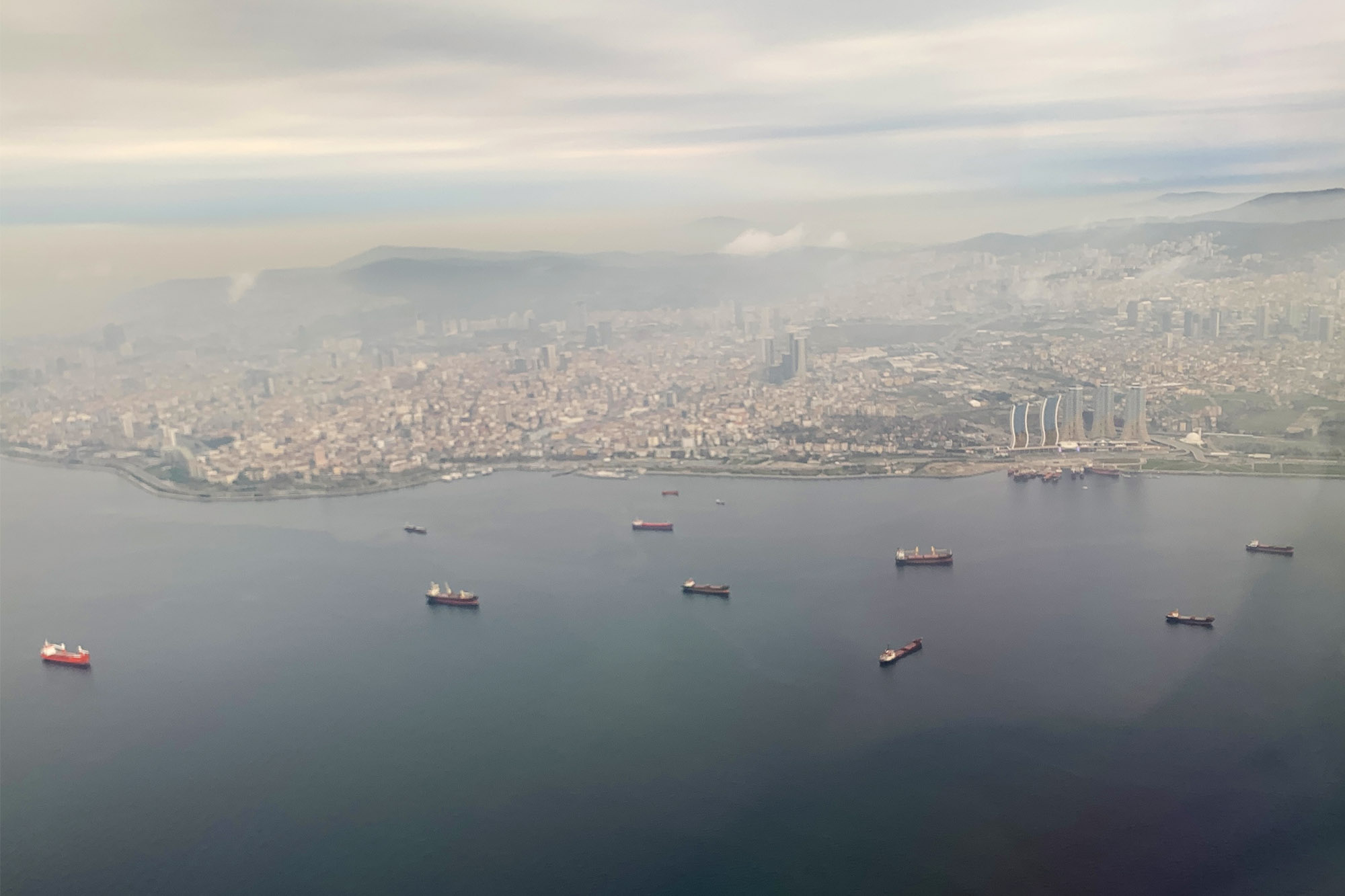
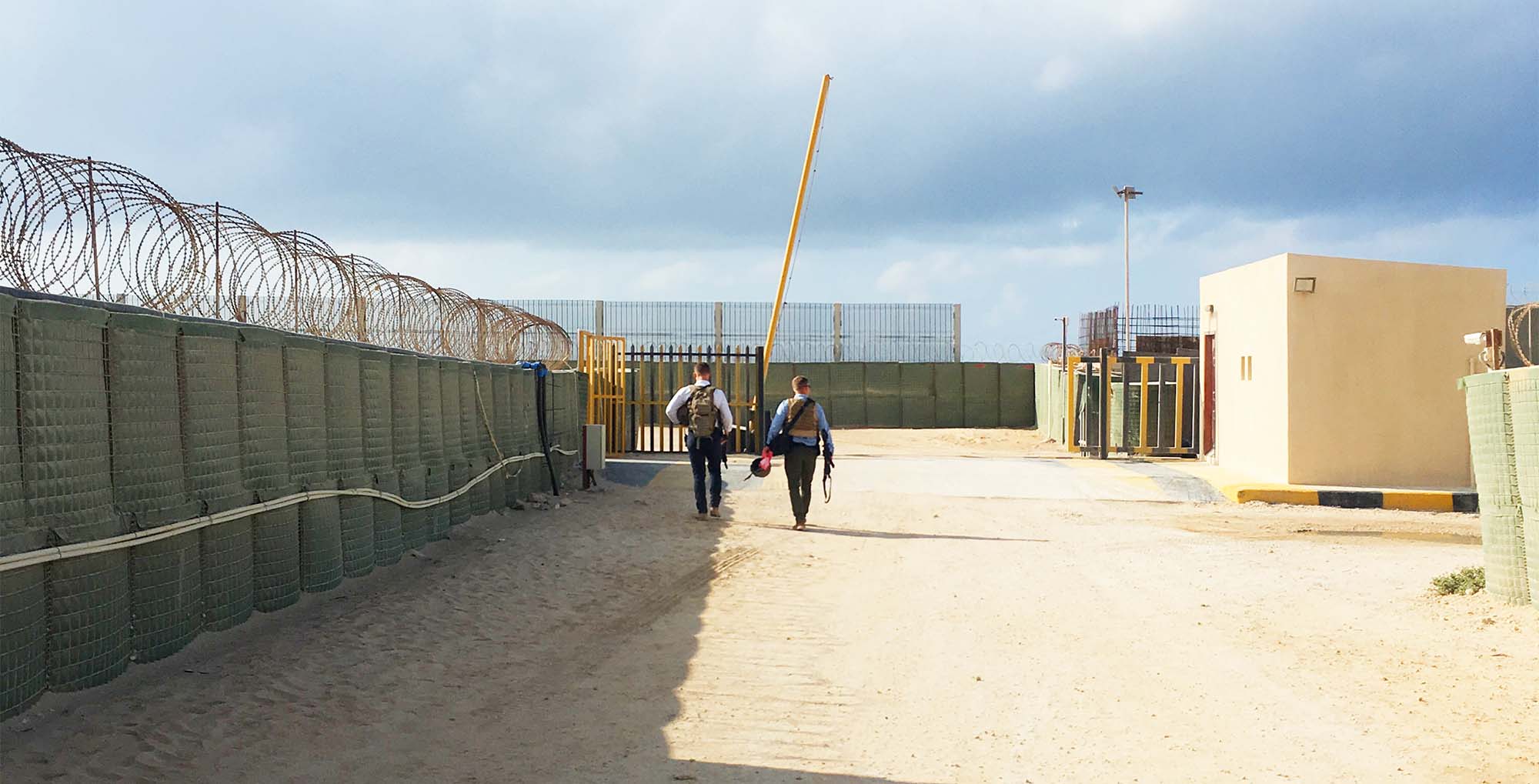
Rest and relaxation
In the humanitarian world, R&R — or rest and recuperation or rest and relaxation or rest and recreation or rest and rehabilitation (it seems that nobody has decided exactly what should be the other activity besides resting) — is slang for the paid time off that international UN and NGO staff serving in unaccompanied or hardship duty stations receive on a regular basis.
Typically, it’s a five-day period of leave with full pay offered every four, six, eight, 10, or — god help you — 12 weeks. When someone asks about your new job in Haiti or Libya, “What’s your R&R cycle?”, they are asking how many weeks you have to wait between each one.
The length of your R&R cycle depends on both your location and your employer: the more dangerous your duty station, and the better your employer (think UN and top-tier NGOs), the shorter your cycle. UN staff in Baghdad, Sana’a, or Damascus are jetting off for a holiday every four weeks, while aid workers wearing the logo of a third-tier NGO often must wait 3 months before getting a break, no matter how dangerous or far-flung their duty station.
The best job perk ever?
Benefits packages for entry-level humanitarian aid workers are not known for their cushiness. Salaries are not sky-high, remote working is rarely an option, and your NGO-issued laptop will likely be an IBM brick with a 1-hour battery life.
But the R&R is glorious.
Imagine if, every few weeks at your current job, your employer told you to leave the country and go on holiday, paid for your airline tickets, and then thrust a handful of spending cash at you so that you can enjoy yourself. This is R&R in the humanitarian sector. And it is truly is one of the most amazing job perks you’ll ever have in your life.
The only real question is: Where to go?

Beaches
A freshman aid worker’s first R&R is usually a direct flight to the nearest pristine beach, be it the Greek Isles, the Swahili coast, Bali, or Goa. After all, is there any purer embodiment of “rest and relaxation” than laying about in a bikini all day, listening to palm fronds rustle while dangling your toes in bathwater-warm surf?
The only downside — if your goal is escapism — is, well, just how many other humanitarians you may meet under the umbrellas beside you. On one R&R, to what I had hoped was a secluded resort on the southeast coast of Zanzibar, I found myself sharing the sunset with humanitarians who had flown in from duty stations in Congo and Somalia. The last thing I’d wanted to hear in tropical paradise were words like “coordination” and “donors”. But there we were, talking about MONUSCO and UNMISS as the tide came in around our ankles.
Nonetheless, if you don’t mind occasionally bumping into other aid workers or groups of noisy British tourists (you decide which is worse), R&Ring on the beach is the most surefire way to lower your stress levels in seven days.

Hobbies
One of the first things to go out the window when you become an aid worker — almost without you noticing — is your hobbies. Love taking photos? The internal security service has forbidden photography. Learning how to home-brew beer? Alcohol is banned in the country. Enjoy online gaming? Your internet connection struggles to load a YouTube video and the electricity is cut off at 11:00pm. Love reading? The local markets don’t stock novels in your language. Enjoy an evening jog? Curfew is at 7:00pm.
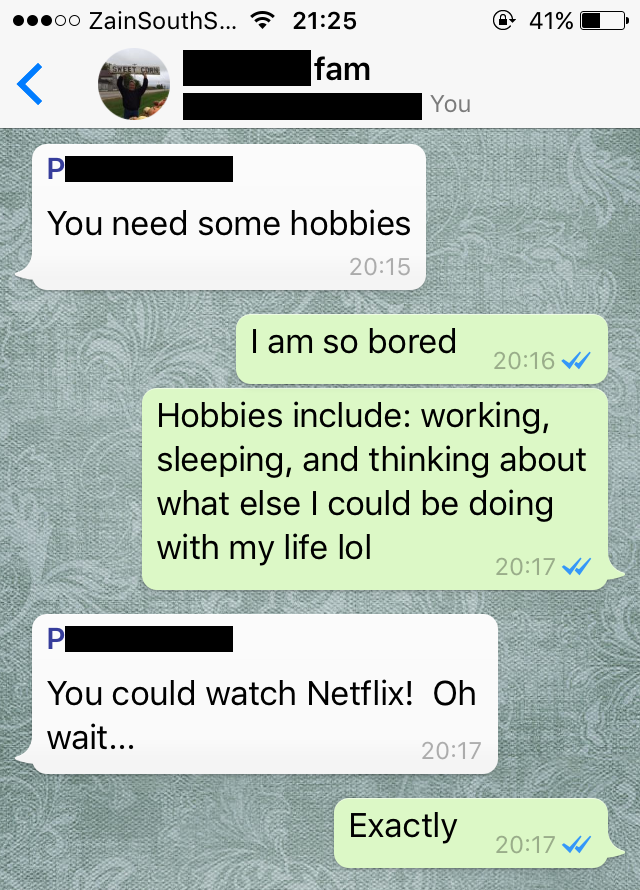
If you’re not careful, five years can pass and then, suddenly, you find yourself on a first date struggling to answer the question, “So, what do you like to do for fun?” (This scenario is completely 100% fictional and is definitely not based on something that happened to me.)
The upshot is that R&R becomes the only time when you can dabble deeply in your hobbies or learn new ones. Have you always wanted to get your scuba diving certification, learn how to ride a motorcycle, or try kitesurfing? Do you love hiking, camping, or skiing? The predictable regularity of an R&R cycle can be ideal for nurturing whatever your diversion of choice might be.
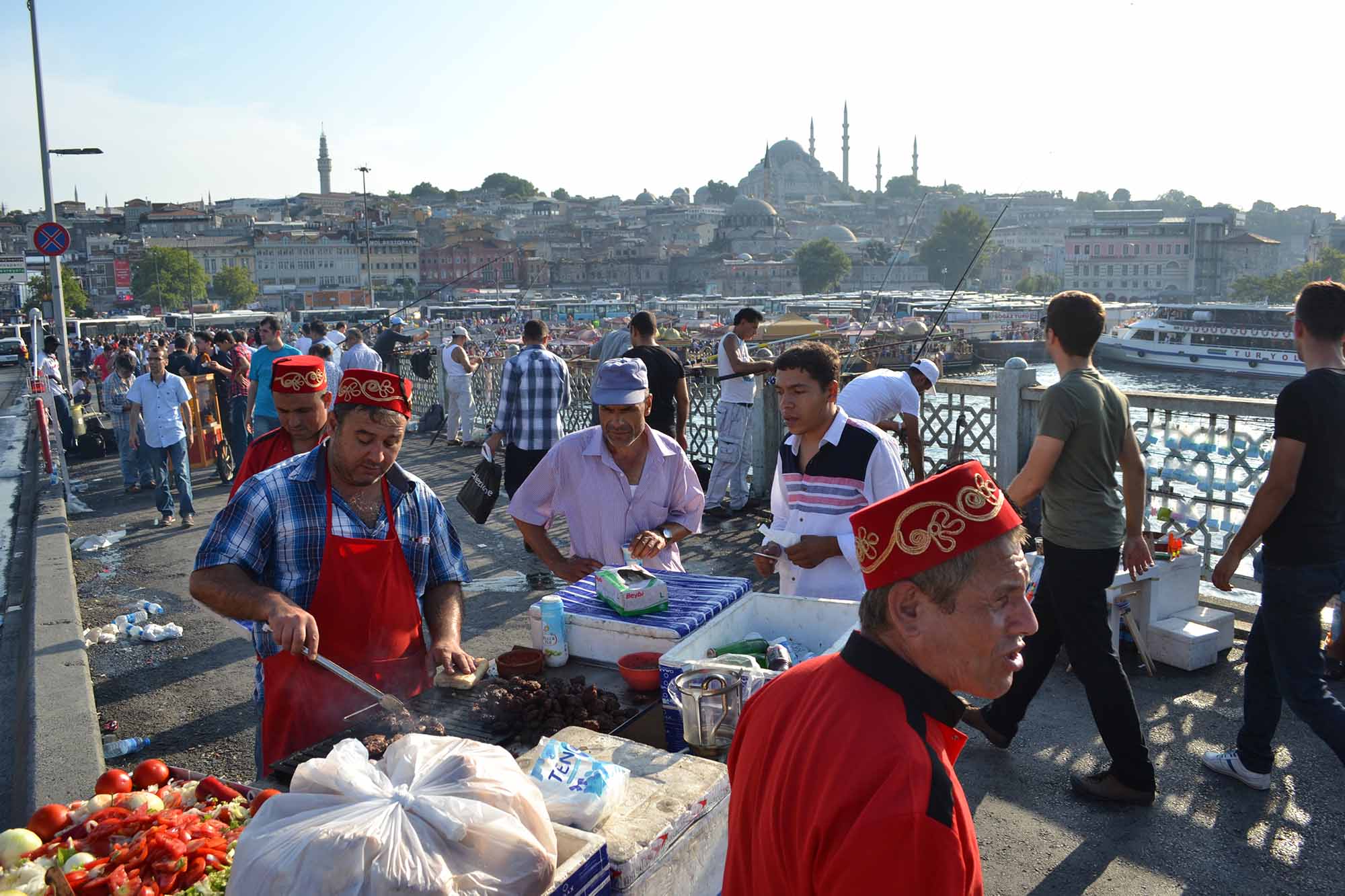
Cities
Unaccompanied duty stations are typically either in remote locations (think Baga Sola) or in cities too dangerous to enjoy all the things that make urban places fun (think Baghdad). And after eating the same guesthouse cuisine every night and dancing with the same co-workers to the same playlist every weekend, a large metropolis offers an unlimited non-stop buffet of everything you remember to be normal: pulsating nightlife, cozy cafes, gourmet restaurants, cultural events, parks, and that ineffable feeling of being alone while also being surrounded by people.
It’s no surprise, then, that many humanitarians flock to Istanbul, Nairobi, Cape Town, Bangkok, Dubai, and other global cities to rest and recuperate amidst the hustle and bustle.
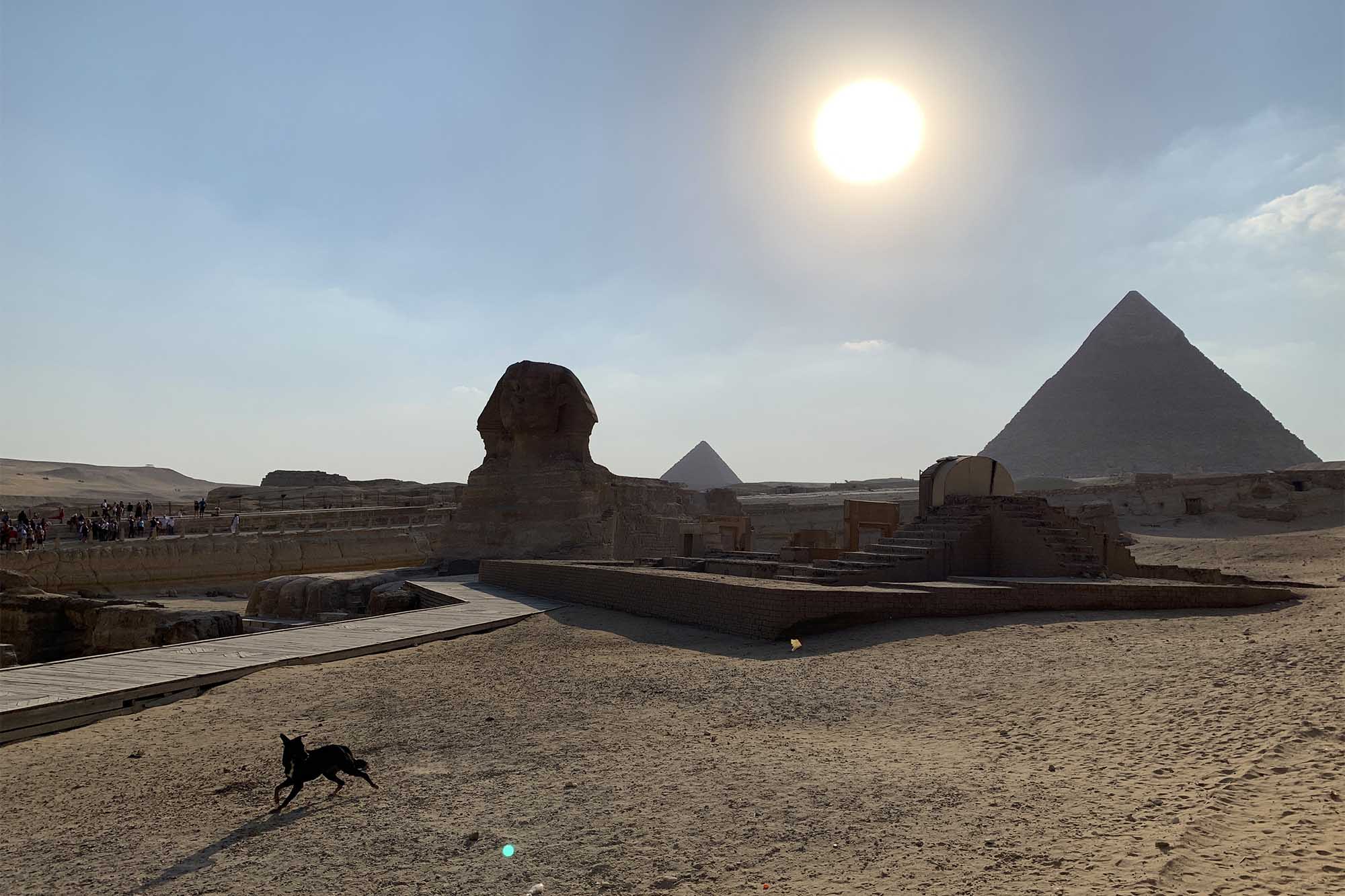
Historical sites
During his invasion of Egypt in 1798, Napoleon Bonaparte remarked to his soldiers, “From the tops of these pyramids, 40 centuries of history contemplate you.”
In aid work, short-term solutions abound: emergency shelters are designed to last a half-year, food rations are for a month, and cash distributions are one-off interventions. After an extended period submerged in the unrelenting urgency of a humanitarian response, visiting historical sites for a week can put things in perspective. Ancient wonders remind us of the long thread of the human experience, and that communities do recover and live again after calamity.
If you think that I’m overthinking this (like my wife editor thinks I am), then visiting historical sites on R&R is also a good idea simply because there are so many on the doorsteps of humanitarian duty stations. Working in Darfur? Those 4,000-year-old pyramids of Giza are just across the border. Restricted to a tiny guest house in Kabul? India’s historical treasures are a direct flight away. Posted to Syria? The timeless wonders of the Levant are all around, from the desert jewel of Petra to Jerusalem’s ancient Temple Mount.
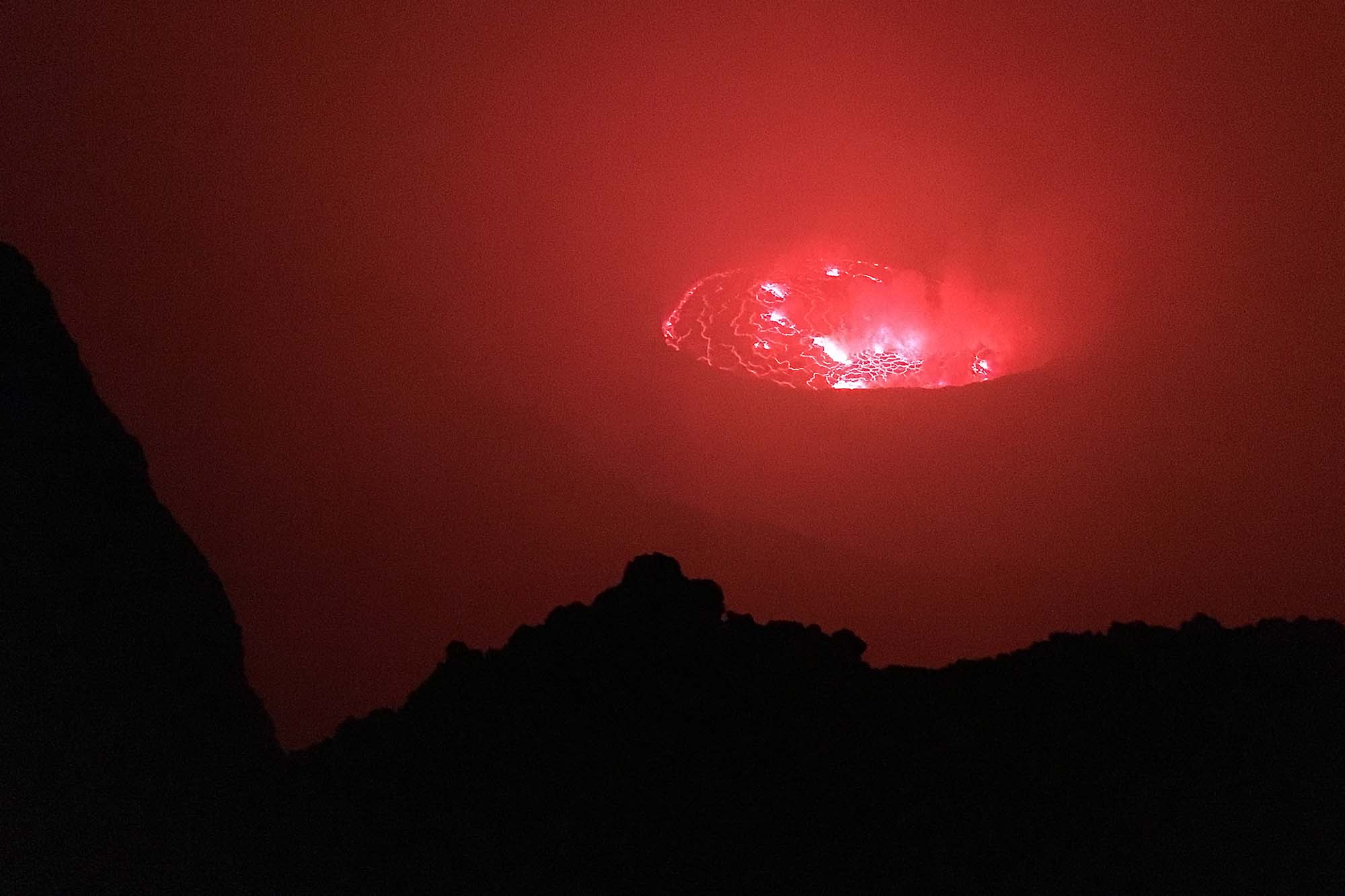
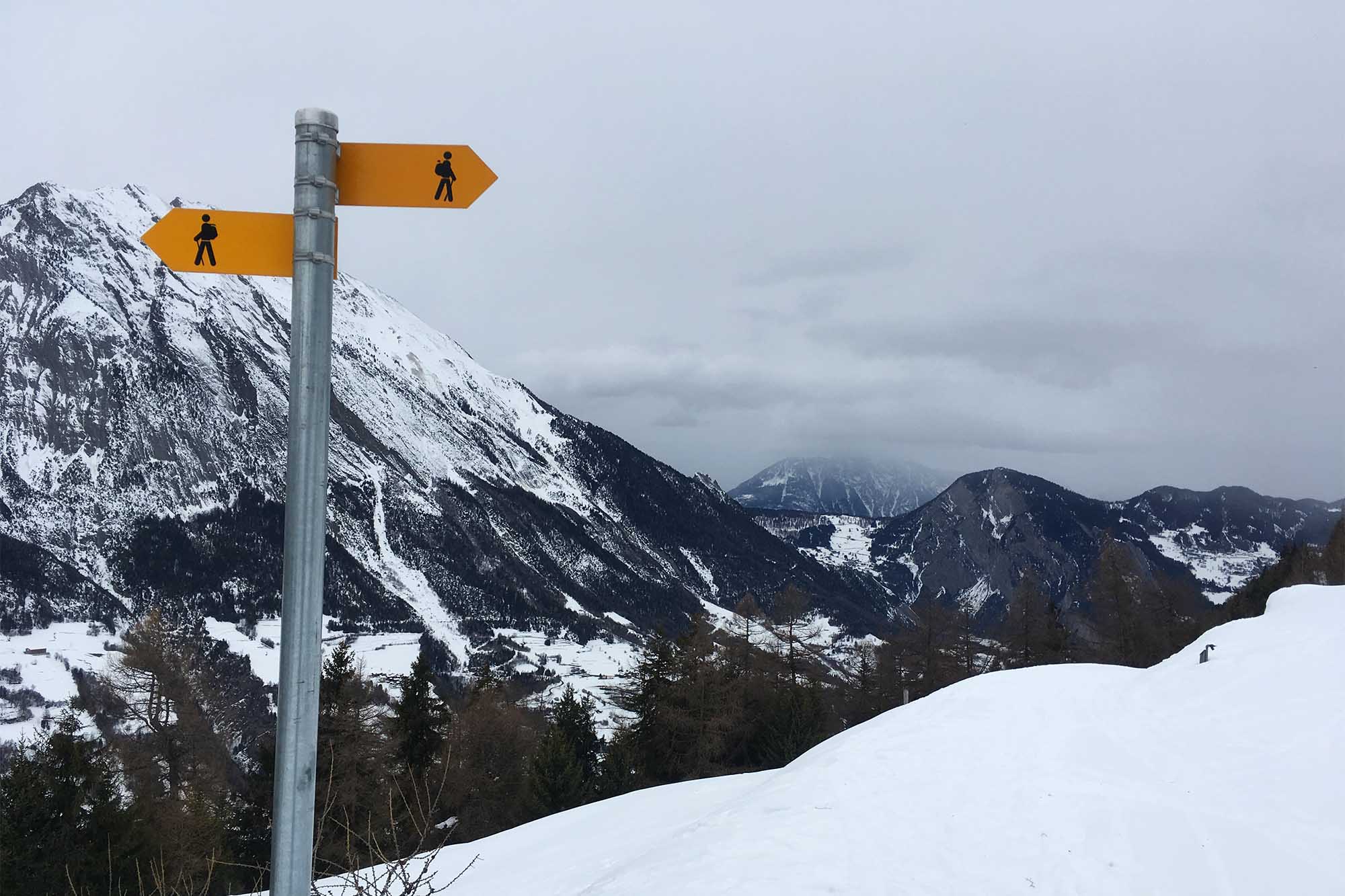
Nature
One of the bonuses of a humanitarian career — depending on your specialisation — is that you spend a lot of time outdoors. Mountains, rivers, oceans, and deserts may be the dramatic backdrop of your daily work. But as an aid worker, you are typically fighting against these environmental features, not enjoying their beauty, as it is mountain landslides, river floodings, and ocean crossings by refugees that bring humanitarians to these stunning locales in the first place.
Therefore, a chance to enjoy the serene and sublime side of nature for a week is an enticing R&R choice. Even the nearest options are often spectacular: from glamping safaris on the Serengeti or rafting the rapids of the Victoria Nile, to hiking the Pamirs or spending a night on the rim of the largest lava lake in the world.

Relationships
While it is possible to find meaningful relationships in the field, both platonic and romantic, the reality is that your social pool is extremely limited. Open a dating app, and you’ll quickly swipe through every profile within a 150-kilometre radius (most of them being your colleagues). And if you don’t connect with the handful of humanitarians in your duty station, there is nothing you can do about it.
Nothing, that is, except to use your R&R time to focus on relationships. The whirlwind R&R romance may be a humanitarian cliché, but there is truth to the gossip. Many aid workers do spark new relationships (or try to) while on R&R, whether reuniting with an old flame back home or flirting with a new heartthrob on the beach.
Even for those who are not looking for love, R&R offers the chance to visit parents, travel with friends, or spend time with partners. For the rare aid worker with children, R&R can be the only opportunity to see the kids outside of a Facetime call. But most humanitarians choose to get off the deep-field carousel before that point in their life.
Neither here nor there
Therein lies the hidden flaw of R&R: no matter how short your cycle, it’s never quite short enough. Even if you travel to visit your friends and family every 4 weeks — which is a luxuriously brief cycle — you’re still gone 80% of the time. Conversely, you’re typically not in your duty station long enough to make close friendships, either because you are constantly away on R&R or field missions, or because your colleagues are.
The result is that aid workers forever have one foot planted in their duty station, where work is meaningful but overwhelming, and the other foot moving to wherever R&R takes them next.
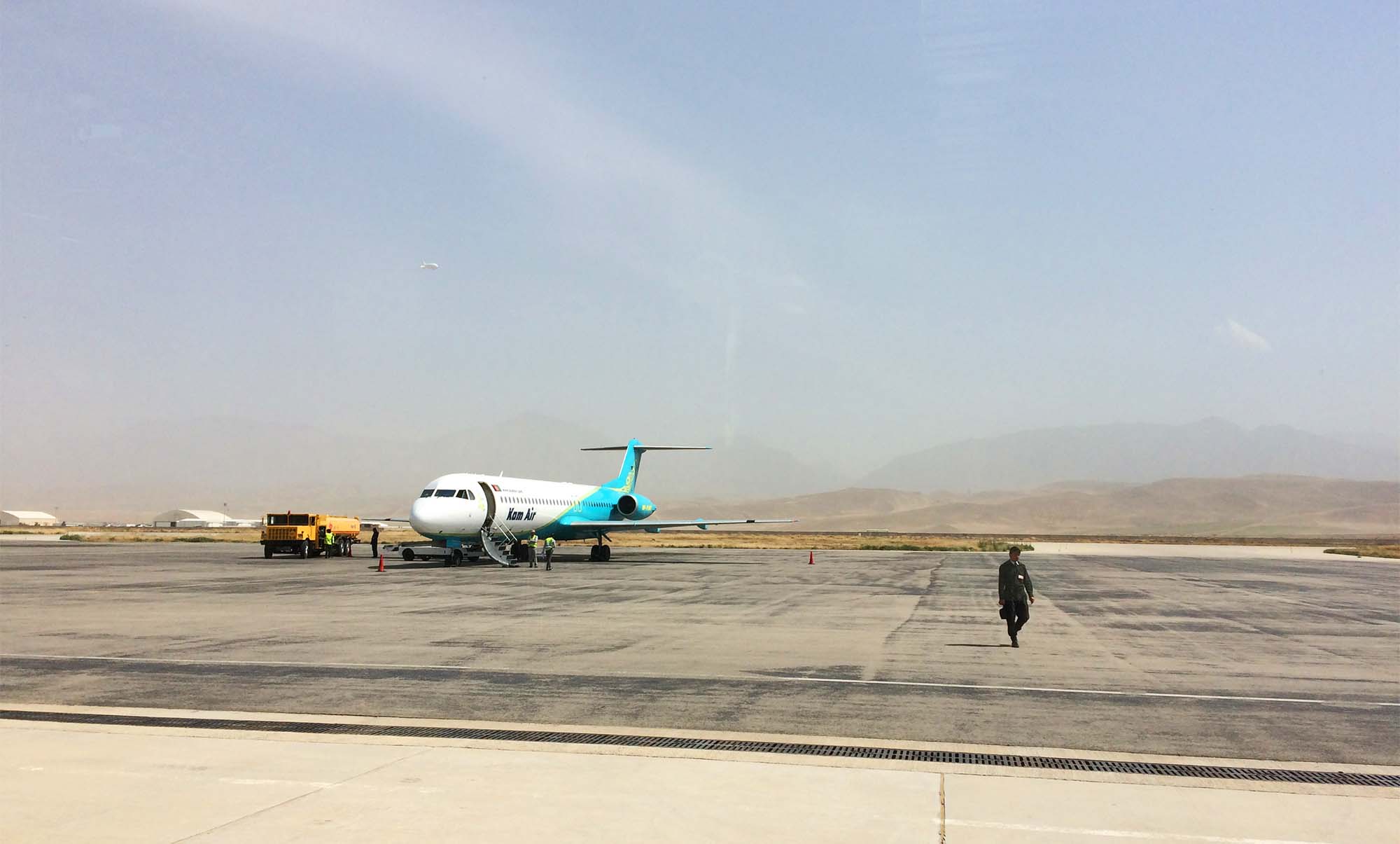
October 2022
Related posts
Some aid workers spend their career chasing the field. It’s an illusion that is always just over the horizon.
From medical assistance and food distribution to logistics and finance, your humanitarian career is shaped by your technical specialisation.
Don’t bother with the United Nations. Aim for NGOs that you’ve never heard of before.
An unlucky number of true anecdotes, success stories, and lucky breaks.
You could skip this article and just go to ReliefWeb.
The veteran Camp Manager explains why the job is among the most challenging in the industry. And why, after nine years, it’s also her favourite.
The Syria-based Protection specialist reflects on the power dynamics of aid and the privileged position that humanitarians often have in fragile countries.
Growing up in rural Sweden, the Red Cross delegate never aimed to be an aid worker. Now, at 33, he has built a career working with communities amid crisis and conflict.


